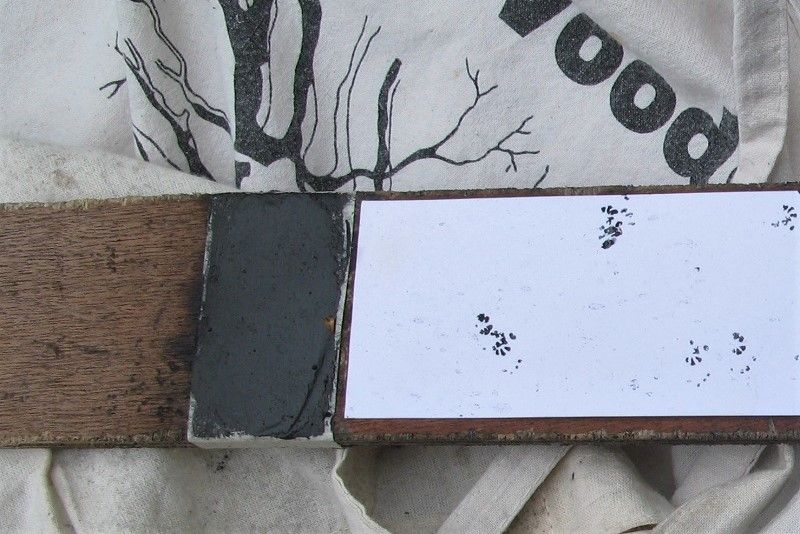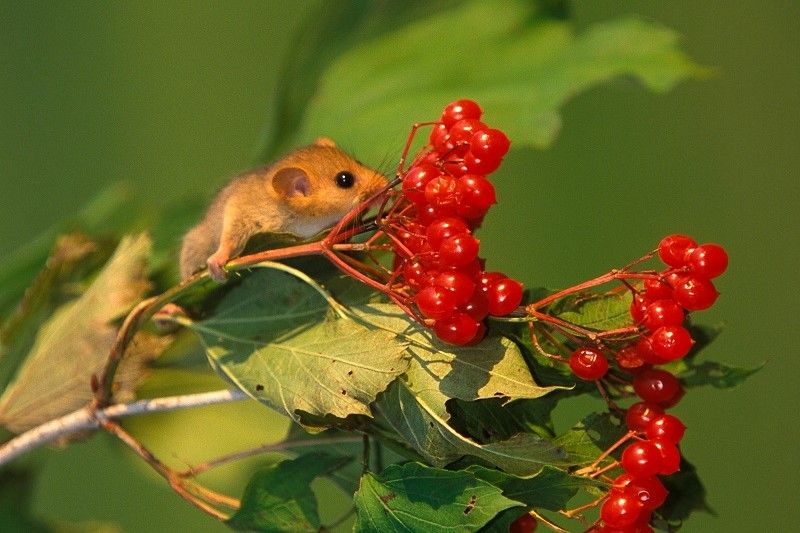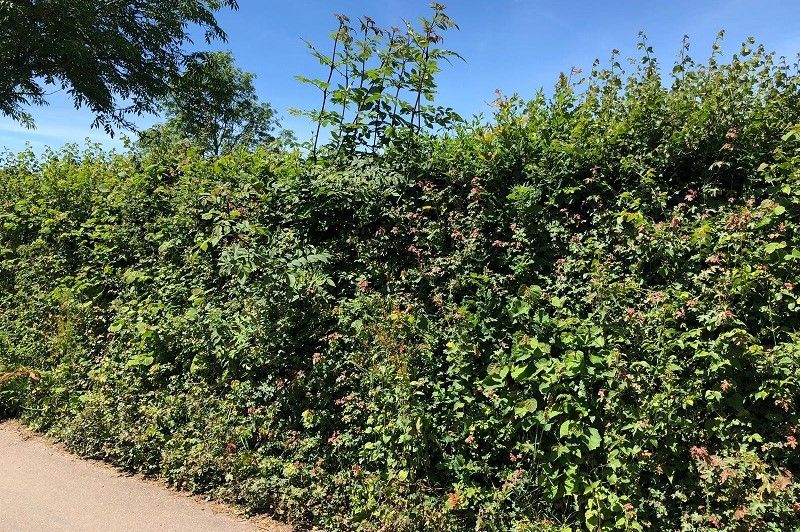Ellie Scopes recently completed her PhD at the University of Exeter. She investigated how often and when hazel dormice are found in hedgerows and scrubby habitats in the South West. Her results are a useful insight into how dormice use these habitats and how we might improve our surveying and management of these critical areas.
Following the footprint trail
Ellie was keen to learn more about when hazel dormouse travel through hedges and scrub so, with the help of plenty of volunteers, she put up hundreds of dormouse footprint tracking tunnels at almost thirty sites in Devon and Cornwall in 2022. She discovered that between June and November, dormice were twice as likely to be found in scrubby habitats than in hedgerows during the same time. However, Ellie discovered more dormouse nests in the tunnels placed in hedges (11.7%) than in scrub (4.8%). Her findings support the growing evidence that hazel dormice use and live in these habitats, despite being considered woodland specialists.
Ellie and her volunteers found dormice more frequently in hedges with a greater abundance of hazel and honeysuckle. They were also more common in hedgerows that had more intersections with other hedges. But, interestingly, they weren’t often found in hedgerows that had earthen hedge banks. Whilst dormice evidence was found in scrubby habitat, dormice didn’t seem to like the areas that had a dominant mid-storey of bracken.

Ellie’s work shows that tunnels placed higher in the vegetation were more likely to pick up evidence of dormice, up to two metres, to enable surveyors to access them. There were more footprints during September and October suggesting if you have a limited time to look for dormice, it’s best to focus your efforts later in the year. In hedges, Ellie’s tunnels that were furthest from gaps had the highest detection rates, while in scrub, placing tunnels within the patch or along routes was most effective.
Scrub restoration required
It’s revealing that Ellie’s study found scrub was more frequently used than hedgerows; it’s interesting because there have been so few studies carried out on hazel dormice in this habitat. Her findings suggest scrub may be more important than previously considered, and indicates we should be focussing our efforts on scrub proteection and restoration. For example, we know that dense native scrub in a conifer-dominated landscape in Sweden supports high densities of hazel dormice (up to 6.7 per hectare). In the UK, some experts are confident that scrub can support hazel dormouse populations in the long-term, so creating scrub would be a valuable conservation action. Ellie’s work also provides further evidence that hedges are critical for dormice at a landscape scale, not only by acting as corridors, but also by providing good enough habitat for individuals to live in. The fact that hedges had a greater number of nests in the tunnels, might be because scrub has more natural nesting opportunities, such as dense bramble patches.
In scrub, dormice might avoid bracken-dominated patches because bracken shades out other plants that provide food. Whilst gorse, which also shades out other plants, provides nectar for much of the year. Surprisingly Ellie didn’t often find dormice in bramble-dominated hedges, compared with gorse, despite bramble being a preferred nesting habitat.
Helping hedges help dormice
The evidence Ellie and her volunteers gathered shows that hazel dormice frequently use both scrub and hedge habitats, indicating that we need to focus our protection and management efforts beyond traditional woodland habitat, if we want to restore dormouse populations on a landscape scale. Increasing scrub, where Ellie detected the most dormice, could be an easy way of providing more habitat for dormice. There are many areas of marginal land that, when left, will naturally turn into scrub. Another practical way we can manage land to benefit dormice would be to suppress bracken growth so that it doesn’t become dominant and outcompete other native flowering and fruiting plants.
Establishing new hedgerows, with abundant hazel and honeysuckle, and improving the management of existing hedges, with a focus on increasing connectivity, would clearly benefit dormice too. There are many hedgerows and areas of scrub in England and Wales where we can target our efforts.
If you want to check the quality of a hedgerow and learn more about what makes a good hedge that will benefit dormice and other wildlife, please use our Great British Hedgerow Survey. For more information about how to manage and restore hedges for dormice, see our advice:
Header image credit Megan Gimber


